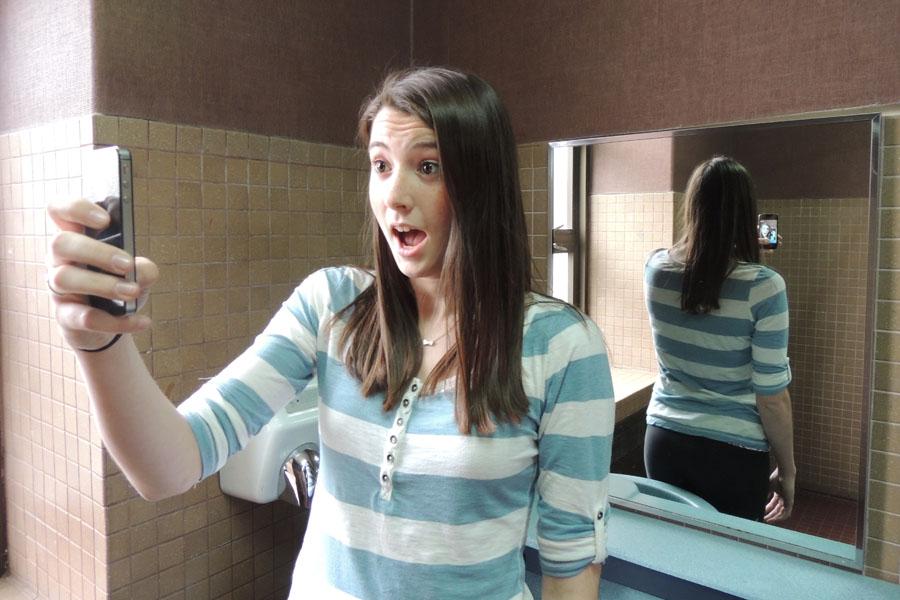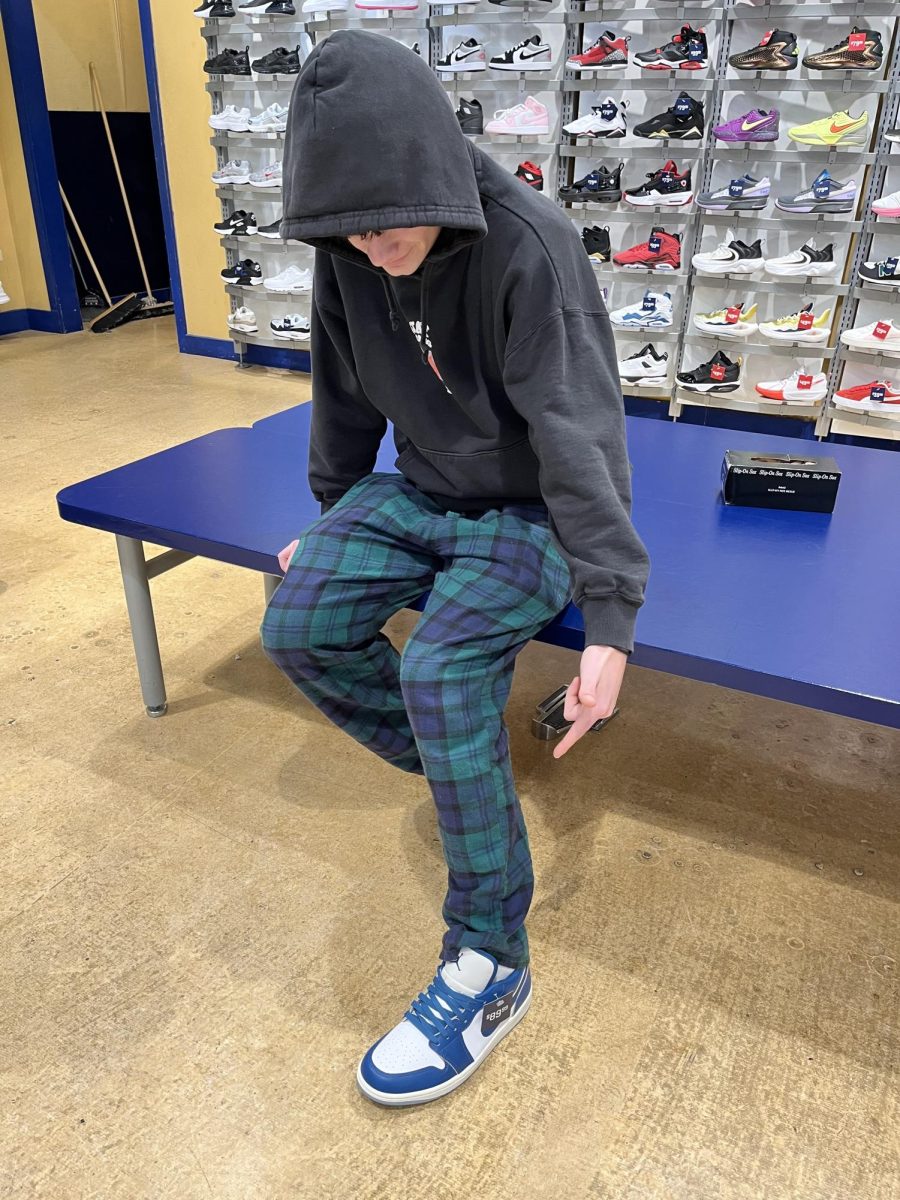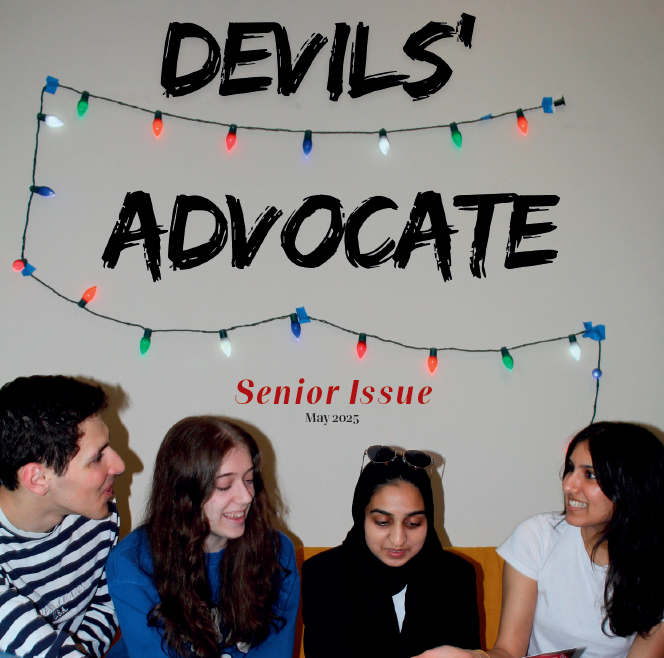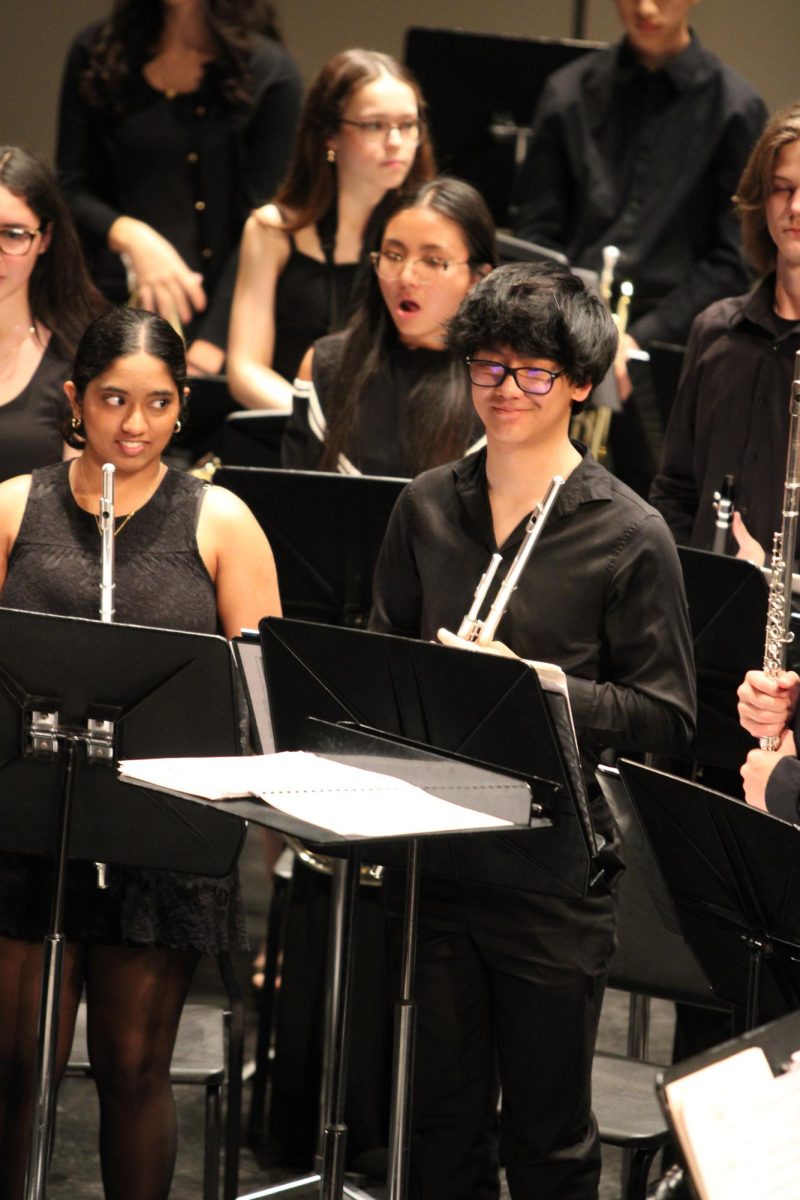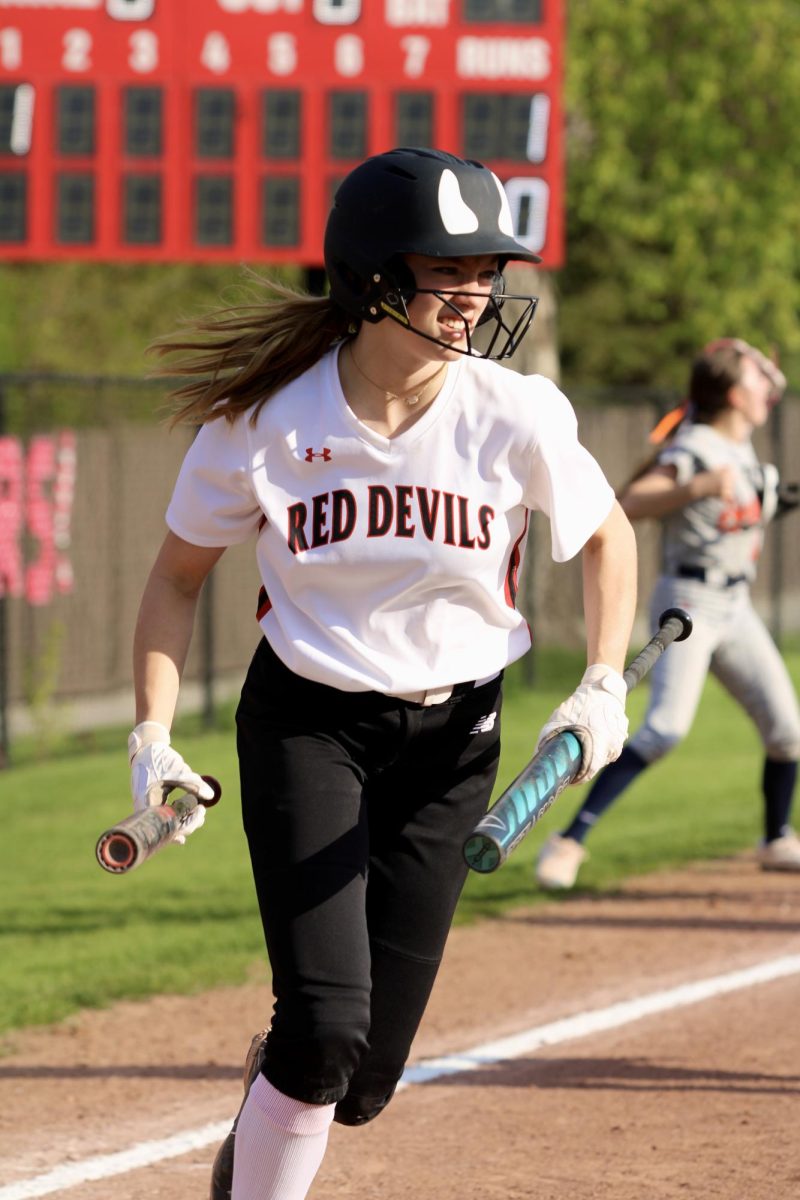Made over a year ago, Snapchat is a mobile app for the iPhone and, as of late, Android products. It is the fastest way to share a moment with friends. The app allows users to take and share pictures that only are displayed for a maximum of 10 seconds. After this, they disappear and cannot be brought up again. Captions and drawings can be added to the pictures, which can then be sent to however many people the user chooses. In a survey of 90 students, 72 percent said they were familiar with the app and 33 percent of students use it. However, few of these users have ever considered where the pictures go when the time runs out.
The app was created by Evan Spiegel and Bobby Murphy, two students at Stanford University. On their blog, they said that they wanted to make a photo app that doesn’t conform to unrealistic notions of beauty or perfection but rather creates a space to be funny, honest or whatever else you might feel like at the moment you take and share a Snap. Spiegel said he got the idea after noticing how other sites forced the user to create an online persona that differed from who they were in real life, which changed the way users interacted with their friends.
Most students who use the app love it.
“Pictures are fun, no matter who they are of,” said Mark Gesior, senior.
Senior Neena Joshi said she liked everything about the app. “It’s selfies Central!” she said.
“It’s a great way to stay in contact with people you haven’t seen in a while,” said Julie Kanter, senior.
Others worldwide seem to love the app as well. On Oct. 28, the website for Snapchat reached a landmark—one billion “snaps” shared. This means 20 million of these quick-pics were shared daily.
Snapchat is becoming increasingly popular. However, Shapchat has been criticized for attempting to create a safe-way of sexting as the pictures are “erased” as soon as the time is up.
Sexting is the transmittance of sexually explicit messages usually through mobile devices, and its legality has become a grey area in the legislative process. Child pornography is a criminal offense that is distributed and reprehended as any visual depiction involving the use of a minor engaging in sexually explicit conduct. The two terms go hand-in-hand in many instances.
Spiegel did not intend for the app to be used in this way. He said the app is not made for privacy and the concept that it should be used for such is a misconception.
Users can take a screenshot of any snap that is received. The sender then gets a notification that a screenshot has been taken, but once done, the snap is out of the “hands” of the sender and can be distributed without his or her consent. It is not only the receiver (or receivers of a screenshot) who can see sent snaps.
“Pictures online stay online,” said Ms. Molloy of the Technology Department.
In an article from the University of Delaware, there is a quote by Lon Safko, author of “The Social Media Bible,” who believes the thought of private information in the Digital Age is a myth. “What happens in Vegas stays on YouTube, Flickr and Facebook. There is no such thing as privacy on the Internet. Everything is on a server somewhere, and all it takes is a hacker, accidental programming error, or whatever and suddenly all that information is out there,” Safko said.
In the Frequently Asked Questions page of the Snapchat website, people asked “Do you look at my pictures?” The administrators of the site said, “Nope. We don’t see any of the photos sent through the service. Each photo is deleted after the recipient opens it.” But, don’t isn’t can’t, and, in fact, the administrators can see snaps sent.
In the Privacy section of the website, it says, “we temporarily process and store your images in order to provide our services. Although we attempt to delete image data as soon as possible after the message is transmitted, we cannot guarantee that the message contents will be deleted in every case. For example, users may take a picture of the message contents with another imaging device or capture a screenshot of the message contents on the device screen. Consequently, we are not able to guarantee that your messaging data will be deleted in all instances. Messages, therefore, are sent at the risk of the user.”
With the use of vague words such as temporarily and attempt and a conspicuous lack of finite conditions, the terms a user of the app agrees to are blurred.
In this section, it also states that the pictures can be used as examples for future reference, and if legality issues arise, pictures will be given to the proper officials. Every picture may be deleted after the recipient opens it—eventually.
So snap. Share a moment with friends. Just remember that moment could last much longer than you ever wanted it to.



